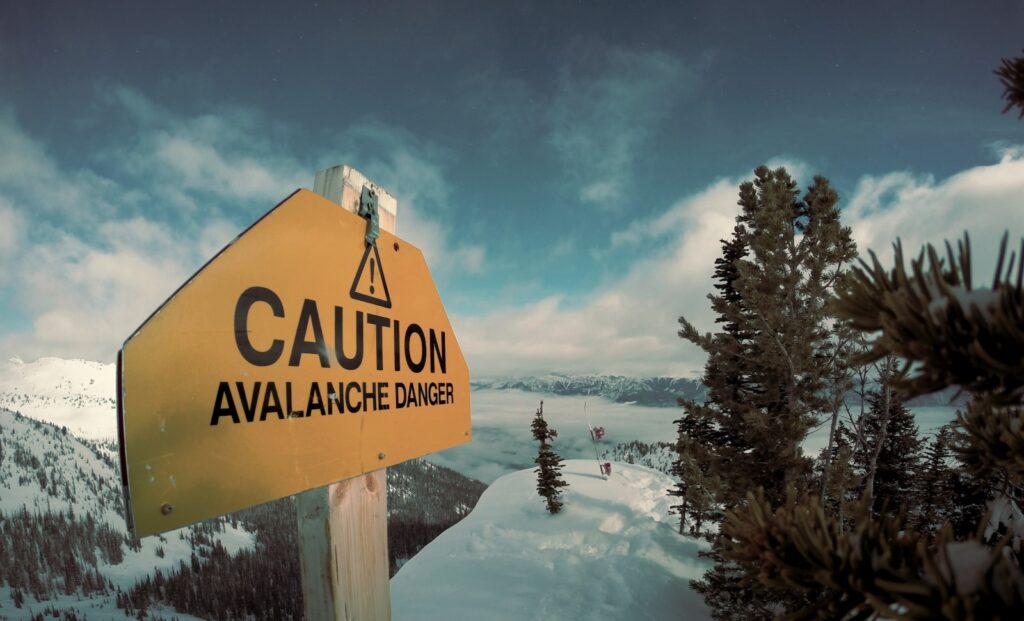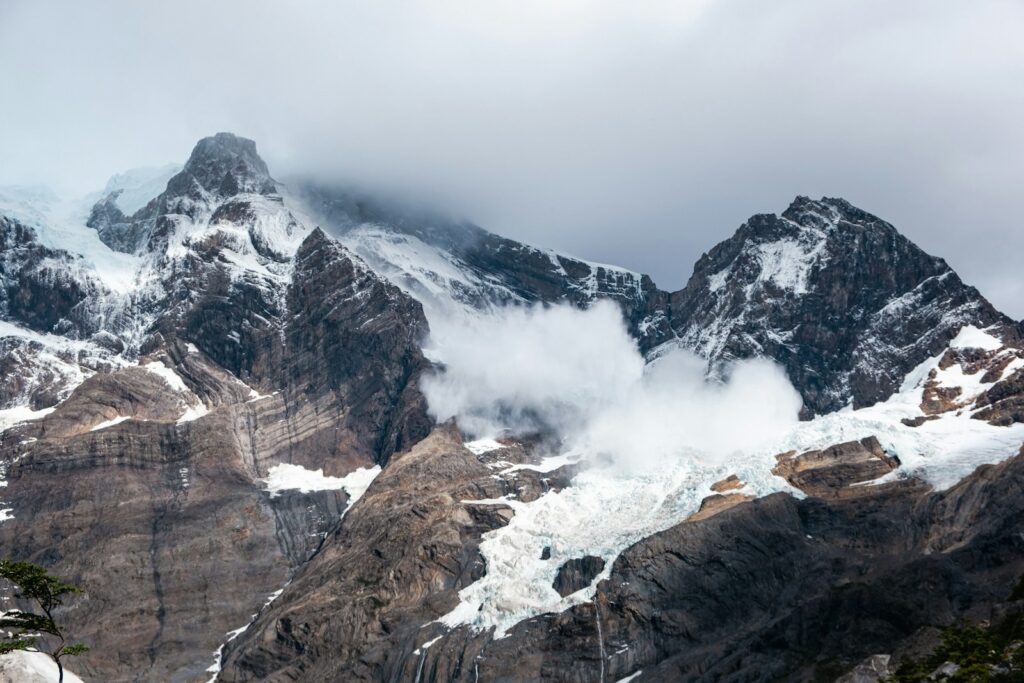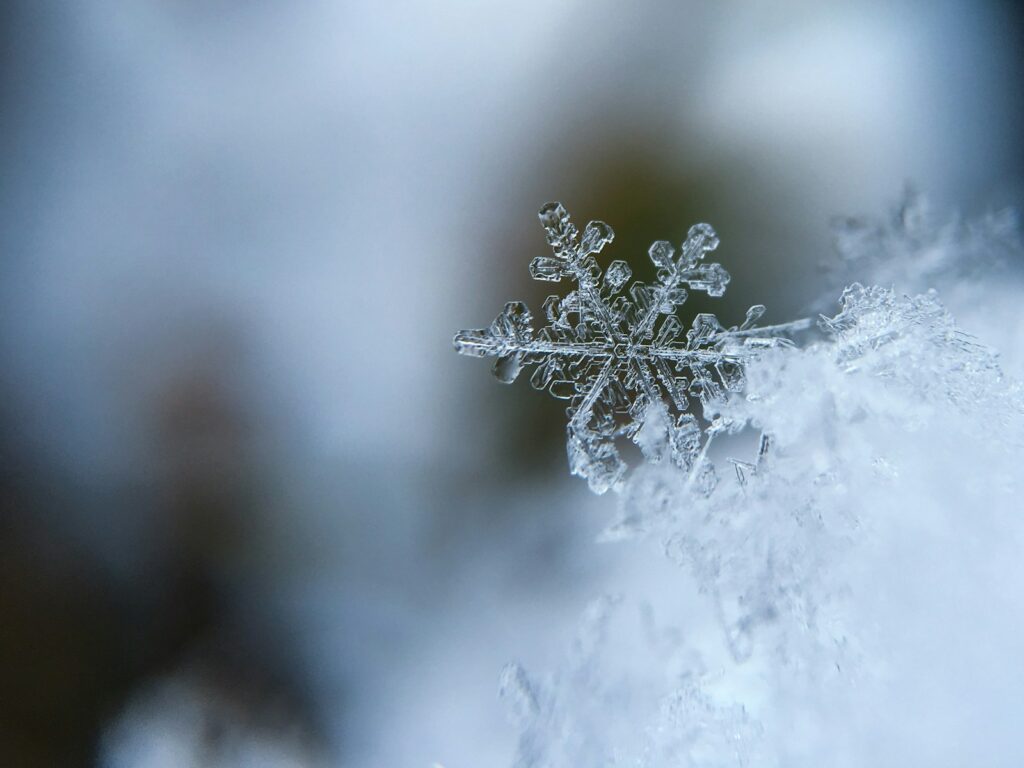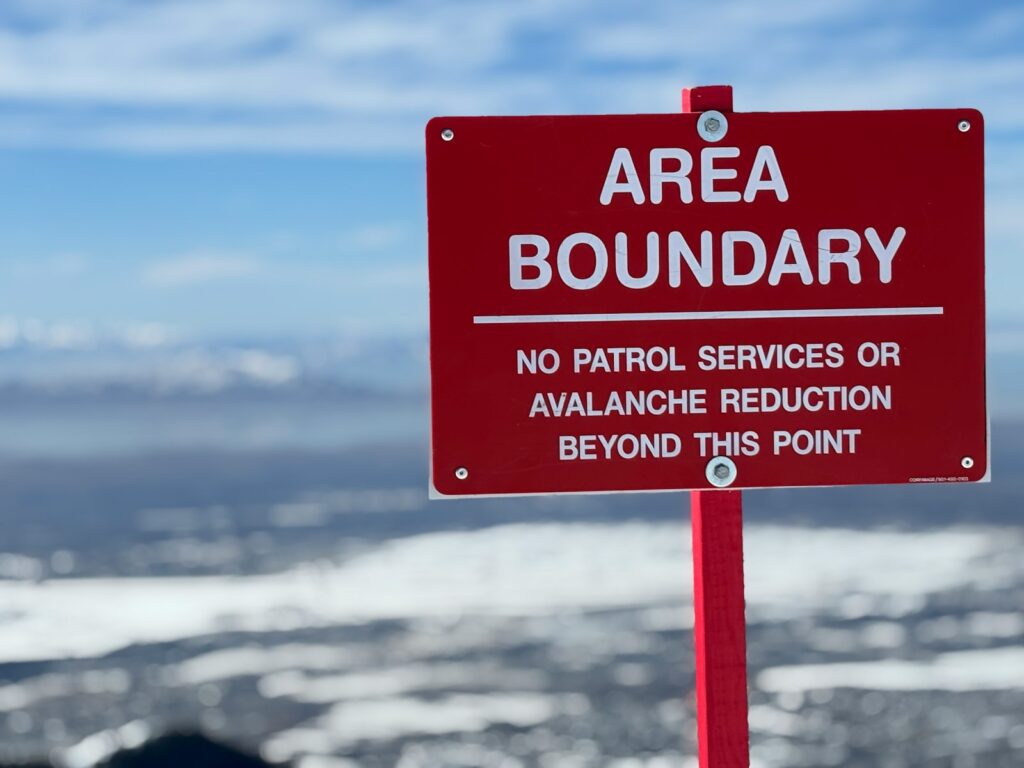The pristine beauty of snow-covered mountains beckons countless winter enthusiasts each year. However, beneath this serene white landscape lurks a potentially deadly threat: avalanches. These powerful natural phenomena claim lives annually, often because adventurers venture into the backcountry without proper knowledge or preparation. Whether you’re a skier, snowboarder, snowshoer, or winter hiker, understanding avalanche basics isn’t optional—it’s essential.
This guide will walk you through fundamental avalanche awareness concepts that could one day save your life or the lives of your companions. Remember, mountains don’t care about your experience level or good intentions; they respond only to physics and environmental conditions.
Understanding the Avalanche Phenomenon

At its core, an avalanche is simply gravity at work—a mass of snow slides down a slope when the forces pulling it downward overcome the bonds holding it in place. Think of the snowpack as a complex structure with different layers that form as snow accumulates and weather conditions change throughout the winter. These layers can bond well with each other, creating stability, or they can form weak interfaces where failures occur. The mechanics involve three essential components: terrain steep enough to allow snow movement (typically 30-45 degrees), snow conditions conducive to instability, and a trigger that initiates the failure.
Understanding this triad of terrain, snowpack, and triggers forms the foundation of avalanche awareness and helps contextualize all other safety practices.
The Human Factor: Psychology of Risk

Perhaps the most dangerous element in avalanche scenarios isn’t the snow itself but the decision-making processes of humans. Experts call this “the human factor,” and it encompasses cognitive biases that cloud judgment in the backcountry. Studies show that groups are particularly vulnerable to “expert halo” (deferring to the most experienced person without question), “summit fever” (the determination to reach a goal despite warning signs), and “familiarity bias” (assuming a previously safe area remains safe under different conditions). Recognizing these psychological traps is crucial because avalanche statistics reveal that most victims trigger the very slides that catch them.
A sobering reality is that many accident reports indicate that the group saw warning signs but rationalized them away. Developing humility and the willingness to turn back when conditions warrant is an essential survival skill in avalanche terrain.
Essential Avalanche Gear Trifecta

Venturing into the backcountry without proper avalanche safety equipment is comparable to deep-sea diving without oxygen—an unacceptable risk. The essential avalanche safety kit consists of three non-negotiable tools: a beacon (transceiver), a probe, and a shovel. The beacon emits a signal that allows rescuers to locate a buried victim, reducing search time from hours to minutes. The collapsible probe, typically 240-320cm long, enables rescuers to pinpoint a victim’s exact location once the beacon has narrowed the search area. The avalanche shovel, specifically designed with a metal blade and collapsible handle, facilitates efficient digging—critical when considering that survival rates drop dramatically after just 15 minutes of burial.
These three items must be carried on your person, not in your backpack, and you must practice using them regularly until their operation becomes second nature under stress.
Reading the Avalanche Forecast

Avalanche forecasts provide crucial information about snowpack conditions and hazard levels in specific regions, serving as your first line of defense against avalanche dangers. These forecasts typically use a five-level danger scale: Low, Moderate, Considerable, High, and Extreme, with each level approximately doubling the danger of the previous one. However, the real value lies in the detailed information about problem types, affected elevations and aspects, and specific concerns in the snowpack. Learning to interpret these nuances allows you to make informed decisions about where to go and what terrain to avoid.
Most mountain regions have dedicated avalanche centers that issue regular forecasts during winter months, accessible online or via smartphone apps. Making a habit of checking the forecast before every outing and understanding its implications for your specific plans is fundamental to avalanche risk management.
Recognizing Avalanche Terrain

Identifying avalanche terrain is a foundational skill that allows backcountry travelers to make informed route choices. The primary factor is slope angle—most avalanches occur on slopes between 30 and 45 degrees, with 38 degrees being particularly dangerous. These angles are steep enough for snow to slide but not so steep that snow continuously sloughs off. Terrain traps—features that worsen the consequences of being caught in an avalanche—include gullies, creek beds, cliffs, and trees that can cause trauma or deeper burial. Convexities (rollover points where a slope becomes steeper) are common trigger points as the snowpack experiences tension at these transitions.
Likewise, areas where the snowpack thins over rocks or vegetation create weakness points prone to triggering. Learning to recognize these features allows you to make strategic decisions about when to expose yourself to risk and when to choose safer alternative routes.
Understanding Snow Metamorphism

Snow is a remarkably dynamic material that undergoes continuous transformation after falling from the sky. This process, called snow metamorphism, directly influences avalanche potential. Fresh snow begins as crystalline structures that gradually break down and change form in response to temperature, pressure, and moisture. Faceting, a particularly dangerous form of metamorphism, occurs when water vapor moves through the snowpack due to temperature gradients, creating weak, sugar-like crystals that bond poorly with other layers. Another critical process is the formation of surface hoar—feathery crystals that develop on the snow surface during clear, cold nights and then get buried by subsequent storms, creating persistent weak layers.
Understanding these processes helps explain why avalanche danger often increases during or immediately after storms, during rapid warming, and why some weak layers can persist for weeks or even months. This knowledge gives context to avalanche forecasts and helps backcountry travelers understand why certain aspects or elevations might be more dangerous than others.
Warning Signs in the Field

Nature provides several observable clues that can alert backcountry travelers to increased avalanche danger. Recent avalanche activity is the most obvious and significant warning sign—if you observe fresh avalanches, similar slopes likely have comparable instabilities. Cracking or collapsing of the snowpack under your weight indicates a slab sitting on a weak layer, essentially a textbook pre-avalanche condition that demands immediate retreat to safer terrain. Hollow-sounding snow (sometimes called “drumming”) suggests air spaces within the snowpack, often associated with weak layers. Heavy snowfall (more than 1 inch per hour), rapid warming, rain on snow, and strong winds all rapidly increase avalanche danger by adding load or changing snow structure.
Unusual snow surface features like wind lips, cornices, or pillows indicate wind-loaded areas with increased tension in the snowpack. Recognizing these signs and respecting their significance can make the difference between a safe outing and a disaster.
Safe Travel Protocols

How you move through avalanche terrain can significantly reduce your exposure to risk even when some hazard exists. The cardinal rule is exposing only one person at a time to avalanche terrain while others watch from safe locations, ready to initiate rescue if needed. Maintaining adequate spacing (at least 50 feet on ascents and 150+ feet on descents) ensures that not everyone gets caught if an avalanche releases. Groups should establish clear communication protocols before entering hazardous areas, including hand signals that work when voices can’t be heard.
Planning your route to utilize terrain features that offer protection, such as ridgelines and dense trees, provides additional safety margins. Identifying decision points and escape routes before committing to exposed terrain gives you options if conditions deteriorate. These protocols don’t eliminate all risk, but they create multiple layers of safety that collectively reduce the likelihood of disaster.
Companion Rescue Fundamentals

If the worst happens and someone in your group gets caught in an avalanche, the first few minutes are absolutely critical—most survivable rescues are performed by companions, not professional rescue teams. The rescue sequence begins with watching the victim to note their last seen point and where they disappeared, as this significantly narrows the search area. Once the avalanche stops, quickly assess for secondary avalanche danger before entering the debris field. Switch all beacons to search mode and begin a strategic search pattern, moving quickly but methodically across the debris field.
Upon getting a signal, follow it to the strongest reading, deploy your probe in a spiral pattern until you strike the victim, and then dig strategically, moving snow downhill rather than lifting it. Time is the enemy—after 15 minutes, survival rates drop below 50%, making efficient rescue technique a matter of life and death. Regular practice with your partners in realistic conditions is essential for developing the speed and proficiency needed when every second counts.
Avalanche Survival Techniques

If caught in an avalanche, your actions in the first few seconds can significantly influence your chances of survival. Your primary goal should be to escape the moving snow mass by “swimming” toward the side of the avalanche or grabbing onto fixed objects like trees. If escape proves impossible, fight to stay on the surface by using swimming motions and attempting to roll like a log to keep your head above the moving snow. As the avalanche slows, create an air pocket in front of your face by pushing your arm up in a motion that clears space before the snow sets. If possible, push your other hand toward the surface to provide rescuers with a visual clue.
Once the avalanche stops, the snow sets like concrete, making self-extraction nearly impossible, so conserving energy and oxygen becomes your priority while waiting for rescue. These techniques aren’t foolproof, but they have helped some survivors beat the odds in what is inherently a life-threatening situation.
Avalanche Education Pathways

Reading articles provides a starting point, but there’s no substitute for formal avalanche education taught by qualified instructors. The standard progression begins with an Avalanche Awareness course (typically a few hours) that introduces basic concepts and equipment. The next step is an AIARE Level 1 course (or equivalent), a comprehensive 24-hour curriculum covering avalanche formation, terrain assessment, decision-making frameworks, and rescue techniques. Those seeking deeper knowledge can progress to Level 2 courses that develop more advanced snowpack analysis skills and complex terrain management strategies. Professional-level courses (Level 3) are available for those pursuing careers in avalanche work.
Supplementing formal education with rescue workshops, women-specific courses, and mentorship from experienced partners creates a well-rounded knowledge base. Remember that education is an ongoing process—even experts continue learning throughout their careers, and staying current with evolving best practices is essential for safe backcountry travel.
Trip Planning and Decision-Making Frameworks

Systematic planning and structured decision-making provide crucial frameworks for managing avalanche risk. Before heading out, thorough trip planning should include studying maps to identify potential avalanche terrain, checking weather forecasts and avalanche bulletins, selecting appropriate routes with alternatives, and ensuring your group has the necessary skills and equipment. Once in the field, structured decision-making frameworks like the Avalanche Triangle (weather, snowpack, terrain) help organize observations and identify increased risk. Many experts recommend using tools like the Avaluator Card or the AIARE Decision Making Framework to bring objectivity to what can otherwise become emotionally driven choices.
An especially valuable practice is establishing predetermined turnaround triggers—specific conditions that will automatically prompt retreat regardless of how close you are to your objective. These systems work because they bypass the human tendency to rationalize risk when motivated by goals like untracked powder or summit views.
Beyond the Basics: Advanced Risk Management

As your avalanche awareness journey progresses, more sophisticated risk management concepts become relevant. Understanding the difference between objective hazards (those inherent in the environment) and subjective hazards (those created by human factors) allows for more nuanced decision-making. The concept of “margin for error” becomes increasingly important—maintaining buffer zones that allow for imperfect assessments or unexpected changes in conditions. Advanced practitioners often employ strategic reduction methods, intentionally limiting their exposure by choosing less steep terrain during higher avalanche danger or waiting for snowpack stabilization after storms.
They also recognize that avalanche risk management isn’t just about avoiding all hazard but about consciously choosing when, where, and how to accept calculated risks with full awareness of potential consequences. This mature approach acknowledges that absolute safety doesn’t exist in mountain environments while providing frameworks for thoughtful risk management that balances adventure with survivability.
Conclusion

Avalanche awareness isn’t just about accumulating knowledge—it’s about developing judgment, humility, and decision-making skills that evolve throughout your backcountry career. The mountains offer unparalleled beauty and adventure, but they demand respect and preparation in return. By understanding avalanche basics, carrying proper equipment, obtaining formal education, and practicing rescue techniques, you create layers of safety that significantly reduce your risk. Perhaps most importantly, cultivating a mindset that prioritizes returning home safely over reaching any particular destination or experiencing perfect snow conditions forms the foundation of sustainable backcountry travel.
The winter wilderness will always contain inherent dangers, but with proper awareness and preparation, you can enjoy its magnificence while managing risks appropriately. Remember that avalanche safety is a journey, not a destination—continue learning, stay current with best practices, and never stop developing your mountain sense.

